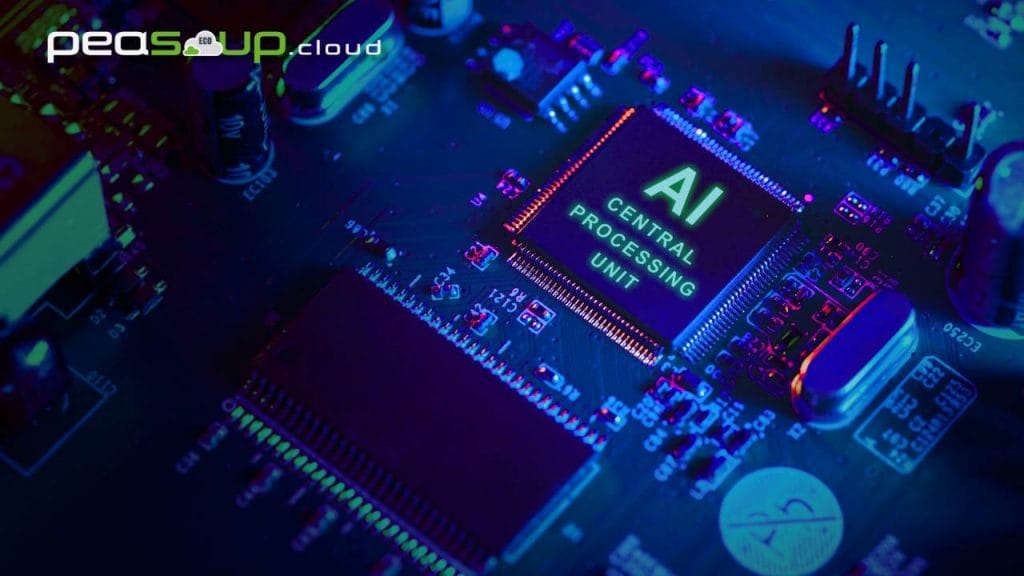Transforming AI workloads with the power of liquid immersion cooling
In the ever-evolving landscape of cloud computing, the convergence of artificial intelligence (AI) workloads and cutting-edge cooling technologies is reshaping organisations’ approach to high-performance computing. This article explores the pivotal role that liquid immersion cooling plays in supporting the demanding requirements of AI workloads in cloud environments, focusing on both training and inference processes.
A paradigm shift in data centre cooling
Traditional air-cooling methods have long been the standard in data centres, but the surge in computational intensity, particularly driven by AI workloads, has necessitated more efficient and innovative cooling solutions. Liquid immersion cooling emerges as a game-changer, offering a paradigm shift by directly immersing hardware components, such as GPUs and CPUs, in a non-conductive cooling fluid.
The AI powerhouse
AI training, a resource-intensive process involving iterative computations on vast datasets, demands unprecedented computing power. Liquid immersion cooling proves instrumental in maintaining the optimal operating temperatures of hardware components during these intense workloads. Unlike air cooling, which can struggle to dissipate the heat generated by high-performance GPUs, liquid immersion cooling provides direct contact cooling, efficiently transferring heat away from the components.
The fluid dynamics of liquid immersion cooling ensure even heat distribution, preventing hotspots that could impede the performance and longevity of AI hardware. This results in sustained peak performance during lengthy training sessions, enabling organisations to train complex models more rapidly and cost-effectively.
Real-time precision
While AI training hones the intelligence of models, inference is the real-world application of these models to make predictions or decisions. Inference workloads often require rapid response times, making latency a critical factor. Liquid immersion cooling continues to shine in this arena by maintaining consistent temperatures during sudden spikes in processing demands.
Inference workloads, especially those deployed in real-time applications like autonomous vehicles or healthcare diagnostics, demand a level of precision and responsiveness that traditional cooling methods may struggle to deliver. Liquid cooling’s ability to manage heat efficiently ensures that AI hardware operates at optimal performance levels, reducing the risk of performance degradation during crucial inference tasks.
Economic and environmental considerations
Beyond performance benefits, the adoption of liquid immersion cooling for AI workloads in cloud architectures brings economic and environmental advantages. The increased energy efficiency of liquid cooling translates into reduced power consumption, lowering operational costs for data centre operators. As AI workloads continue to grow in scale and complexity, optimising energy usage becomes paramount for both economic and environmental sustainability.
Liquid immersion cooling also addresses the environmental impact of data centres. By requiring less energy for cooling, organisations can reduce their carbon footprint, contributing to broader initiatives for greener computing practices. As the world grapples with the challenges of climate change, the integration of sustainable technologies like liquid cooling becomes a responsible choice for tech-driven industries.
The future landscape
Looking ahead, the synergy between liquid immersion cooling and AI workloads extends beyond traditional data centres. The rise of edge computing, where processing occurs closer to the data source, presents new challenges and opportunities. Liquid immersion cooling, with its compact and efficient design, is well-suited for edge environments, ensuring that AI workloads benefit from optimal cooling even in decentralised computing architectures.
The marriage of liquid immersion cooling and AI workloads in cloud architectures represents a symbiotic relationship that propels the capabilities of high-performance computing. From training complex models with unprecedented speed to ensuring real-time precision in inference tasks, liquid cooling is at the forefront of shaping the future of AI in the cloud. As organisations continue to push the boundaries of what AI can achieve, the role of liquid immersion cooling will undoubtedly become increasingly integral to unlocking the full potential of artificial intelligence in the digital age.

